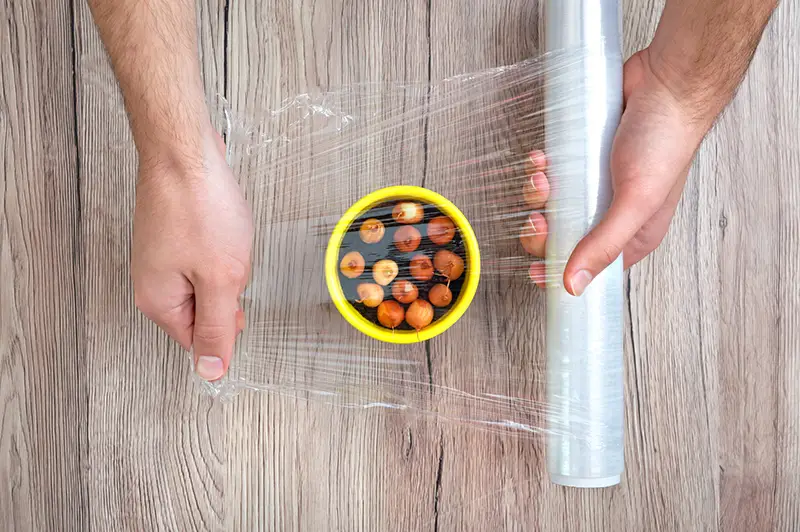Click here to get this post in PDF
A roll of plastic wrap seems like a simple product on the surface. You use it in the kitchen every day, and it makes cooking a lot simpler. You can seal food items, secure containers, and do a lot more with the cling wrap in the kitchen. But you may well imagine the complexity of the manufacturing process if you dig deeper. Unwind it, and you will find a paper core underneath.
What makes the plastic wrap stay on the paper core? How does it stay smooth and in place? There will be a lot of questions in your mind about this seemingly simple product. A really good rolling machine does the trick, but there is a lot more that goes into the production process of these rolls. Let us explain in detail how the plastic wrap is attached to a paper core and what keeps it in place.
Heat for smaller rolls
Essentially, the manufacturing process involves using heat or glue to stick the sheet to the core. The choice depends on the size of the roll to be produced. The process for smaller rolls relies on a heat gun as a tool. It melts the plastic lightly and makes it stick to the core. The rolling machine takes over in a couple of minutes, spinning the plastic sheet around the core until it reaches the required length. At this stage, an operator trips the sheeting and moves the roll onto packaging.
Glue for larger rolls
While the application of light heat is enough to keep the sheet in place for smaller rolls, larger ones require the use of glue. During the process, a bit of glue is applied to paper cores and heated slightly. The plastic sheet is spun over the core, and the first layer holds on to the adhesive. It is then rolled on the core until it reaches the preselected length. The glue is very sticky to support a heavier weight of plastic for larger rolls, so you can expect it to stay in place forever. HotMelt.com has the largest variety of hot glue sticks anywhere in North America from top manufacturers.
Tension rollers for a smooth appearance
Plastic wrap is often difficult to handle as the material adheres to itself quickly and does not let go even as you try to pull it apart. Another problem with the material is that it gets wrinkled easily. The concern here is that the roll may not appear as smooth as it should. Manufacturers address these concerns by using tension rollers for the process. The roller pulls the plastic film, keeps it taut, and spins it around the paper core. The end product is a smooth, flat, and wrinkle-free roll that you use in your kitchen.
Once the plastic wrap is rolled smoothly around the paper core, it is all set to be boxed for the final packaging that makes it market-ready. The core is loaded on two placeholders inside the box to keep it stable when the wrap is pulled off for use. A snug fit keeps the material secure and wrinkle-free over time and regular usage.
You may also like: 5 Food Items To Package In Clear Plastic Boxes
Image source: Dreamstime.com

